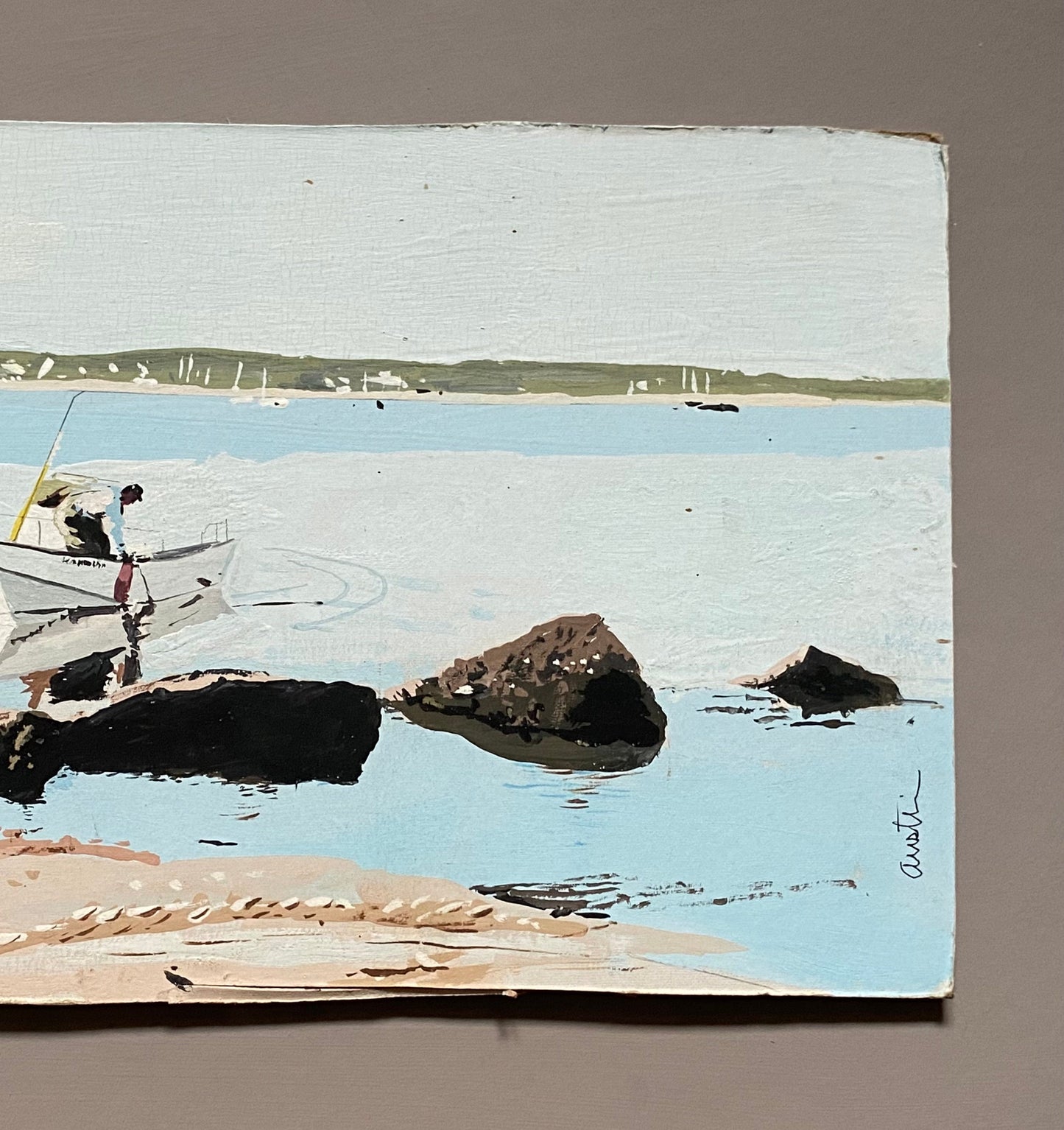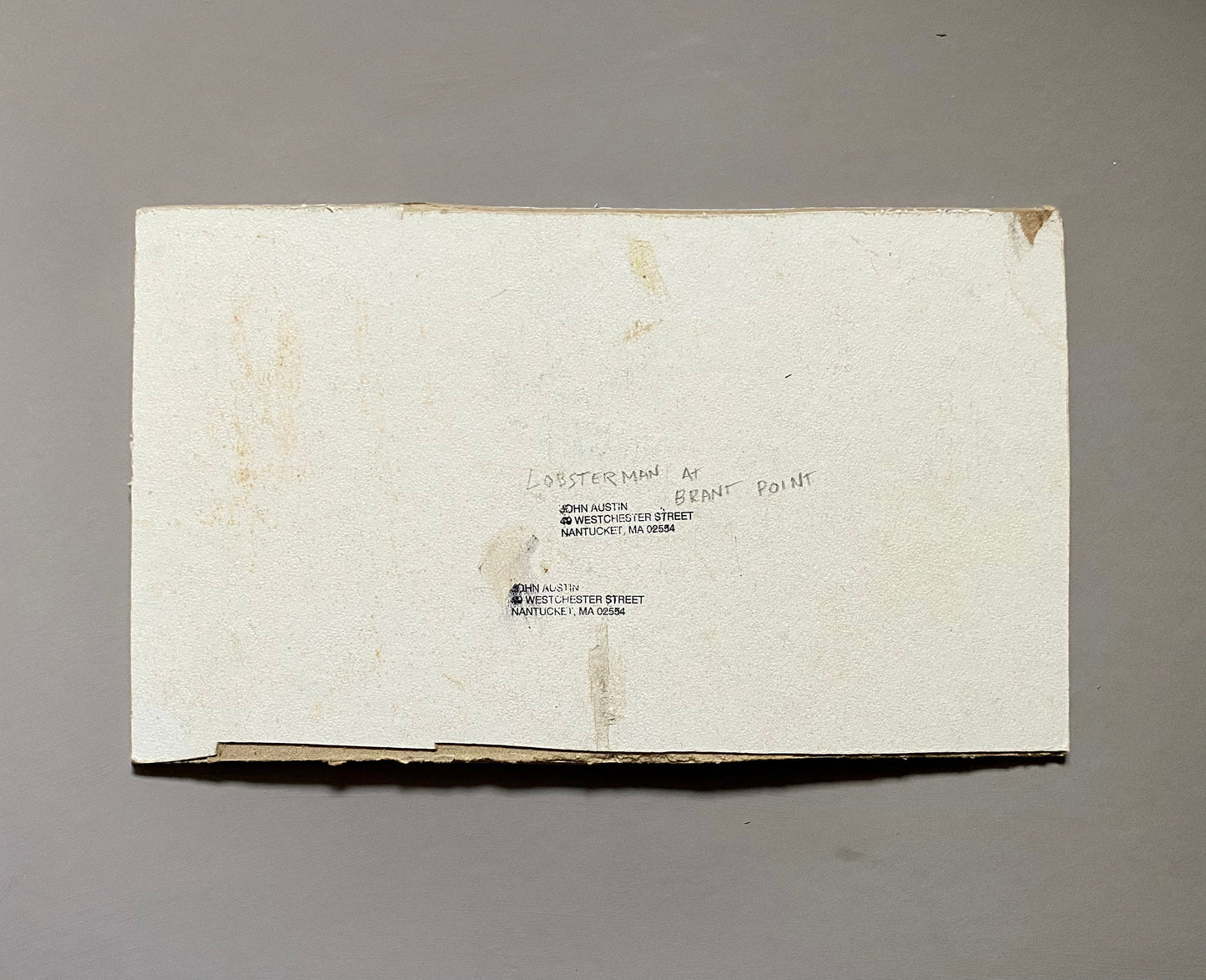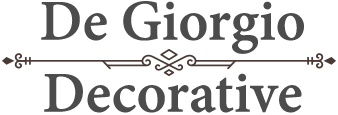My Store
Brant Point Nantucket. An Original Artwork by John Austin (1918-2000). Egg Tempura. Possibly 1970’s. Signed by the artist. 22.5 x 38 cms.
Brant Point Nantucket. An Original Artwork by John Austin (1918-2000). Egg Tempura. Possibly 1970’s. Signed by the artist. 22.5 x 38 cms.
Couldn't load pickup availability
Lobster Man at Brant Point. An original artwork by New England based artist John Austin (1918-2000).
Egg based tempura on artists board.
Signed at the bottom right hand corner.
With stamp on the reverse and name of artwork written in the artists hand.
Undated. I’m not sure when the work was painted. My guess is 1970’s .
John Austin was born in North Carolina. He spent his youth in New Jersey, raised his family in Connecticut and later moved to Nantucket, Massachusetts.
John studied at The Art Students League, New York City under Reginald Marsh. He was mentored by Edward Hopper. As a commercial artist he designed floats for the Macy Parade. During World War II he designed training manuals for troops. He toured in Europe during the war producing many watercolour sketches of troops, the countryside and buildings.
After the war John returned to The Art Students League. By the 1960’s he was working as a full time artist choosing to work in the main with egg tempura on board. His representational paintings of the landscape, of buildings and of abandoned vehicles in Cape Cod, Maine, and New Hampshire rarely include figures or animals. This gives them a quality of great stillness; of something abandoned.
John spent the last years of his life in Nantucket. His paintings were sold at the Lobster Pot Gallery and later Reggie Levine’s Main Street Gallery. They were keenly collected by locals and visitors to the island and are still exhibited in a permanent collection by The Nantucket Historical Association.
Landscape format: 22.5 x 38 cms or 9 x 15 inches.
Condition: Very Good. There is a cut along the bottom edge of the painting. The edges are rough; my guess is it was once in a frame. John made his own picture frames. He would create a white surround using hardboard then edge it with black. There are some small superficial marks across the surface of the painting.
Share


















